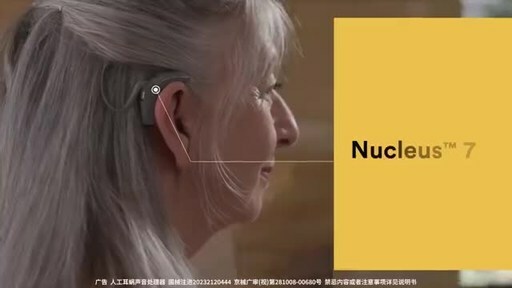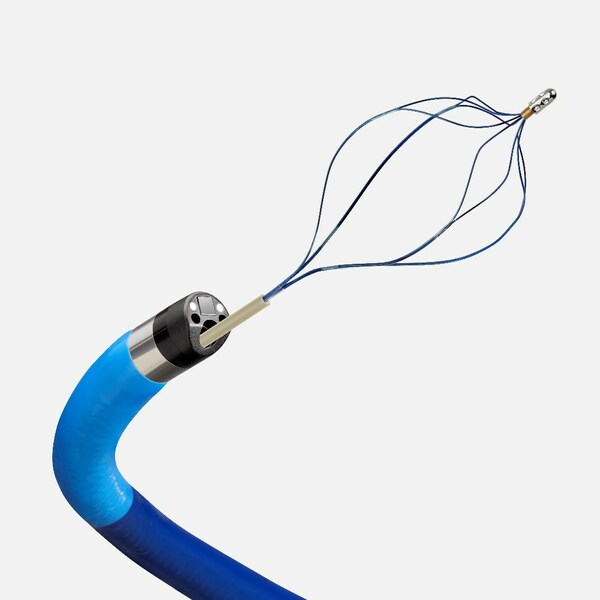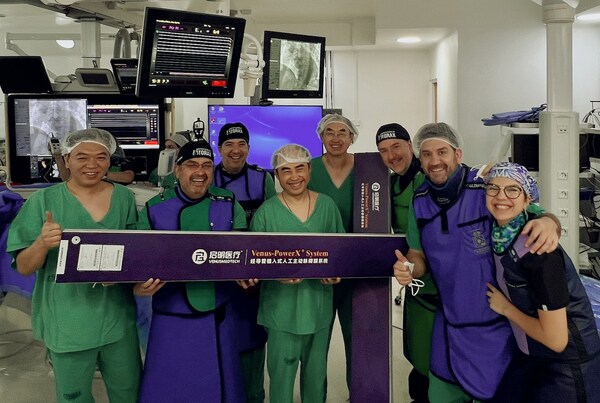最近来自牛津大学的研究人员开发出一种可降解的移植物可能在今后的外科手术中起到重要作用,能增加手术成功率。这种移植物就像一种具有保护性的补丁一样可以环绕包围在受损组织周围,能够促进手术部位的愈合。研究人员希望未来这种移植物能够广泛用于关节炎、疝气或心脏缺陷等疾病中。
据了解,目前英国每年有10000例肩部修复手术,比过去十年增加了50%,然而这一手术却有着约25%的失败率,给患者带来了很多不必要的麻烦和痛苦。
这项技术的开发者Professor Carr介绍说,这种移植物选用了一种可以降解的纤维,能够"指导"细胞修复并且在植入体内的几个月后就会完全降解,不必担心异源物质在体内长期存在。并且这种移植物的成本相当低廉,有利于其未来的普及应用。
详细英文报道:
Researchers in Oxford have developed a degradable implant which they say has huge potential to improve surgical success rates.
The protective patch, which wraps round soft tissue repairs, will be trialled in patients with shoulder injuries.It is hoped in time this approach could help patients with other conditions including arthritis, hernias and heart defects.The implant has been developed using a mix of modern and ancient technology.Kevin Senior experiences pain every time he lifts his right arm. He has torn the tendons in his shoulder. Mr Senior, who is 59, is a plumbing engineer, so this gives him serious difficulties in his work.Even combing his hair or shaving causes him problems.
He is looking forward to having an operation next year at Nuffield Orthopaedic Hospital in Oxford."It's very frustrating but obviously you've got to do the best you can. Hopefully when it's repaired I'll be able to do everything, but as it stands now, you just struggle on."
There are 10,000 of these shoulder repair operations carried out each year in England and Wales. The figure has risen by 500% in the last decade. But one in four procedures is not successful, because the tendon tears again.
The surgeon who will operate on Kevin Senior's shoulder, Professor Andrew Carr, has led a research project to improve the success rate and ensure a quicker recovery. This collaboration between the university and the hospital trust helps move ideas quickly from the lab to the clinic.
Professor Carr's team have developed a protective patch - an implant which wraps around the surgical repair, like a splint.
One side is made of resilient woven material, to help it withstand the stresses of movement after surgery.The other side is made of thread spun a hundred times finer than human hair.Its surface encourages cells to grip and bond, as they would naturally in a much younger patient.
Ancient technology
Professor Carr says the results in laboratory tests have been encouraging, and they hope to start clinical trials in patients soon."We've used modern technology to produce very fine fibres which have the extraordinary ability to direct the way cells behave, and "wake up" tired and ageing cells, and make them want to heal, whereas previously they weren't being made to want to heal.The material in the patch is degradable, and disappears after a few months. Professor Carr says this is important for patients in their 40s, 50s and 60s who want to get back to work and may well live for several decades.
"Once the repair process has taken place we would rather not have a piece of foreign material sitting in someone's body for the rest of their lives, because experience has shown us that ultimately the body will respond and reject that tissue."The project uses the best in modern and ancient technology. Alongside the humming, whirring and beeping of the latest laboratory gadgetry, is the click and snap of a manually operated wooden handloom - perfect for producing the patch's protective cover.One of the team, Osnat Hakimi, says the loom enabled them to use small quantities of expensive fibre and investigate its properties."Scientists may look very technological, but they are very fond of simplicity and crafts. Using our hands is something we do a lot in the lab. So actually working with a handloom is something that went down quite well."
Less than 5% of government funding for medical research goes on surgery, but Professor Carr says this approach is relatively inexpensive, and has huge potential to benefit patients."We might be able to use it for other applications such as early arthritis management where we want to regenerate cartilage, repair of hernias, repair of bladder walls, repair of heart defects."



